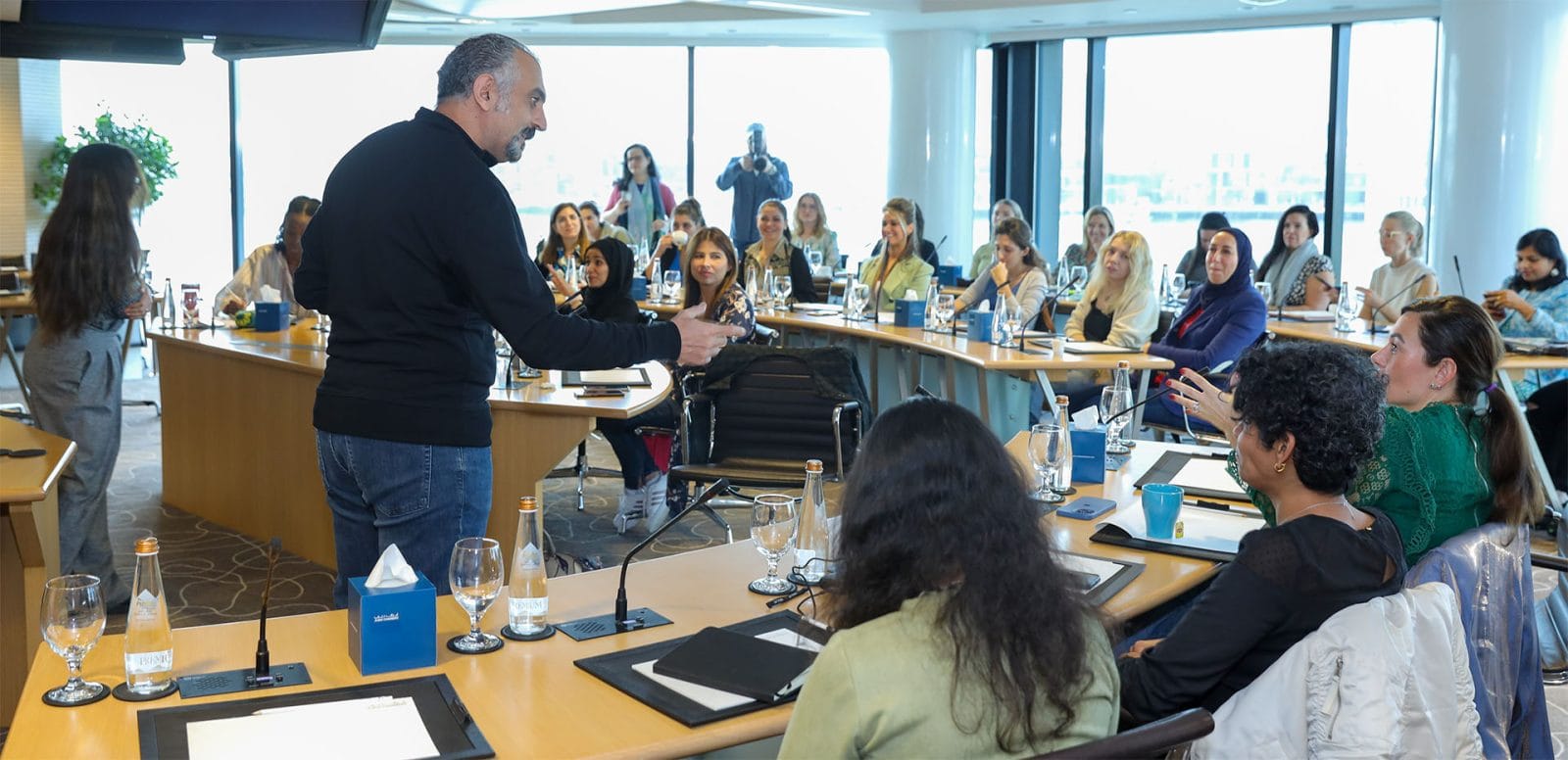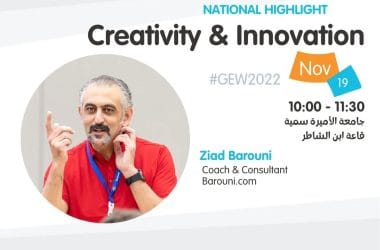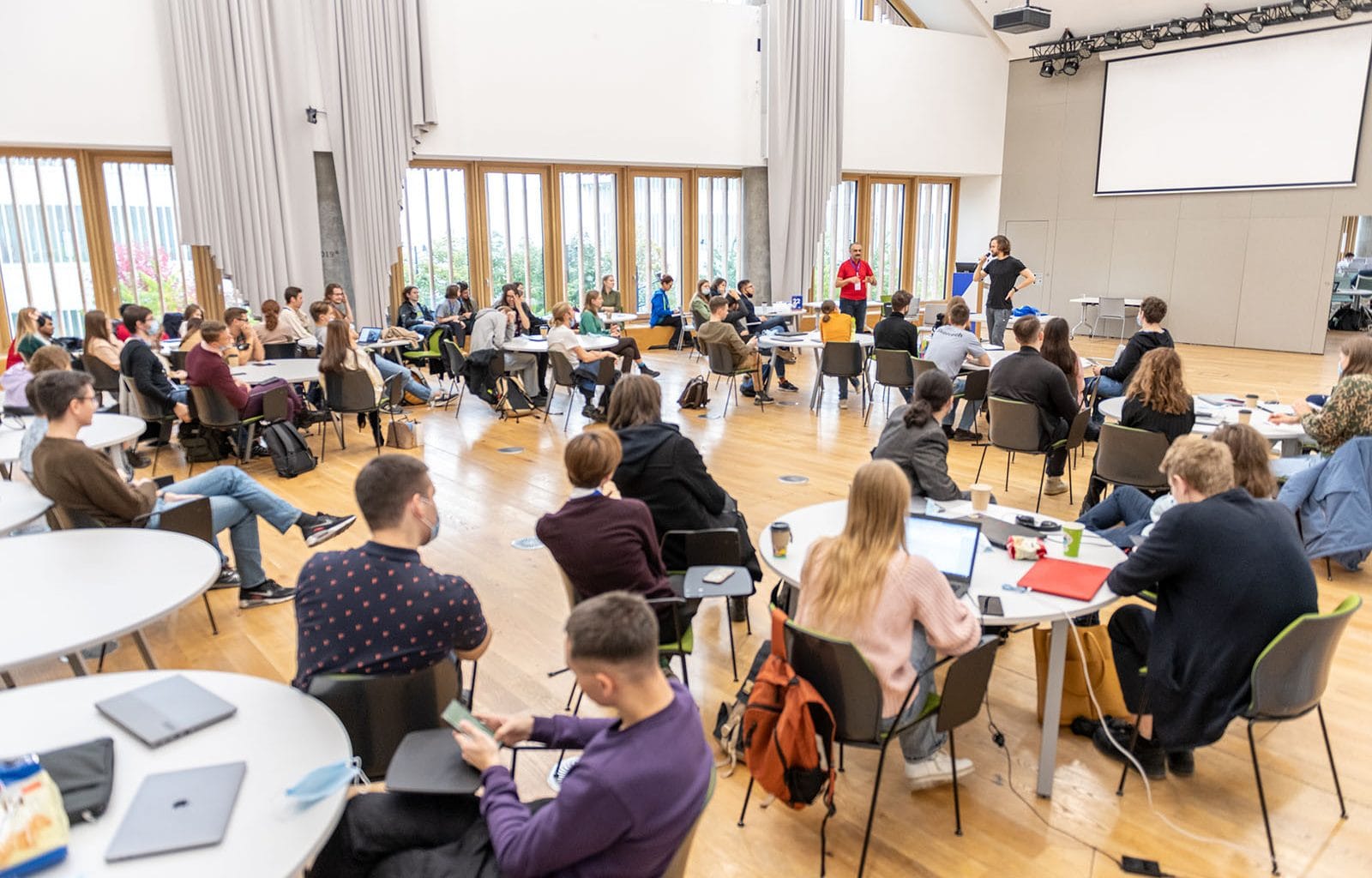Okay, let’s get real for a minute. I’ve been sitting here thinking about something that’s been bugging me, something I see a lot of teams struggle with, especially those of us working across borders. You know, the kind of teams where you’ve got people in, say, Riyadh, Beirut, and then someone dialing in from somewhere in Europe. It’s not just about the work; it’s about the feeling of being connected, right?
I’ve been a storytelling coach for a while now, and I’ve seen firsthand how tough it can be to build that “we’re in this together” feeling when everyone’s scattered. You get these projects, like a big infrastructure deal spanning several Gulf countries, or a complex software rollout across various European markets, and you see the cracks. People are working hard, but they’re not really connecting.
Why Storytelling Matters for Remote Team Culture
It’s more than just time zones and language barriers. It’s the subtle differences in how we communicate, the unspoken assumptions, the cultural nuances that get lost in translation. And honestly, it can be frustrating. You send an email thinking you’ve been crystal clear, and it lands completely differently than you intended. Or you’re trying to explain a complex idea, but you can see the confusion in their eyes, even through the screen.
I’ve been wrestling with this for a while, and what I’ve realized is that we need to get back to basics. We need to remember that we’re all human beings, with our own stories, our own experiences, our own ways of seeing the world. And that’s where storytelling comes in.
It’s not about some fancy corporate jargon or slick presentation techniques. It’s about sharing real, honest stories about our work, our challenges, our successes, even our failures. It’s about letting people see the person behind the screen.
Think about it. Instead of just sending a dry report about a project milestone, you could share a story about a time when things didn’t go according to plan, and how your team rallied to overcome the obstacles. You could talk about the people involved, the emotions you felt, the lessons you learned.
Or, if you’re trying to explain a complex idea, you could use a story to illustrate it, making it more relatable and memorable. You could share an anecdote about a time when you faced a similar challenge, and how you found a creative solution.
Overcoming Communication Challenges with Narrative
When you share a story, you’re not just conveying information; you’re building a bridge. You’re inviting people into your world, and you’re showing them that you’re not just a colleague, you’re a human being.
Now, I know what you’re thinking. “I’m not a storyteller.” But trust me, everyone has stories to tell. It’s just a matter of learning how to find them and how to share them in a way that resonates with others.
That’s where I come in. As a storytelling coach, I help people discover their own unique storytelling voice. I help them learn how to craft compelling narratives, how to use imagery and emotion, and how to connect with their audience on a deeper level.

The Benefits of Storytelling Training for Remote Teams
And honestly, it’s not just about improving communication. It’s about building genuine connection, fostering empathy, and creating a sense of belonging. It’s about making people feel seen, heard, and valued, even when they’re working from different corners of the world.
I’ve seen firsthand how this can transform a team. It’s not just about getting the work done; it’s about building a culture of trust, collaboration, and innovation. It’s about creating a space where people feel safe to be themselves, to share their ideas, and to take risks.
Real-World Examples: Storytelling in Global Workplaces
Imagine a software development team spread across Jordan and the UAE. By sharing stories about their individual challenges and triumphs, they can foster a deeper understanding of each other’s contexts and working styles. This leads to smoother collaboration and more effective communication, even across cultural and geographical divides.
Or consider a multinational marketing team launching a new product in diverse markets like Saudi Arabia and Germany. By sharing stories about how their respective cultures perceive the product and its value proposition, they can tailor their messaging for maximum impact and avoid potential cultural misunderstandings.
Ready to improve your remote team’s connection?
If you’re facing similar challenges with your remote team, or if you’re simply curious about how storytelling can help you connect with others, I’d love to hear from you. Let’s have a conversation. Let’s share our stories. Let’s build a more connected world, one story at a time.
I genuinely believe in the power of storytelling. If you feel that pull too, let’s talk. I’m here to help. Contact me today for a personalized storytelling training consultation.








